1. Spinning in Circles Before Lying Down
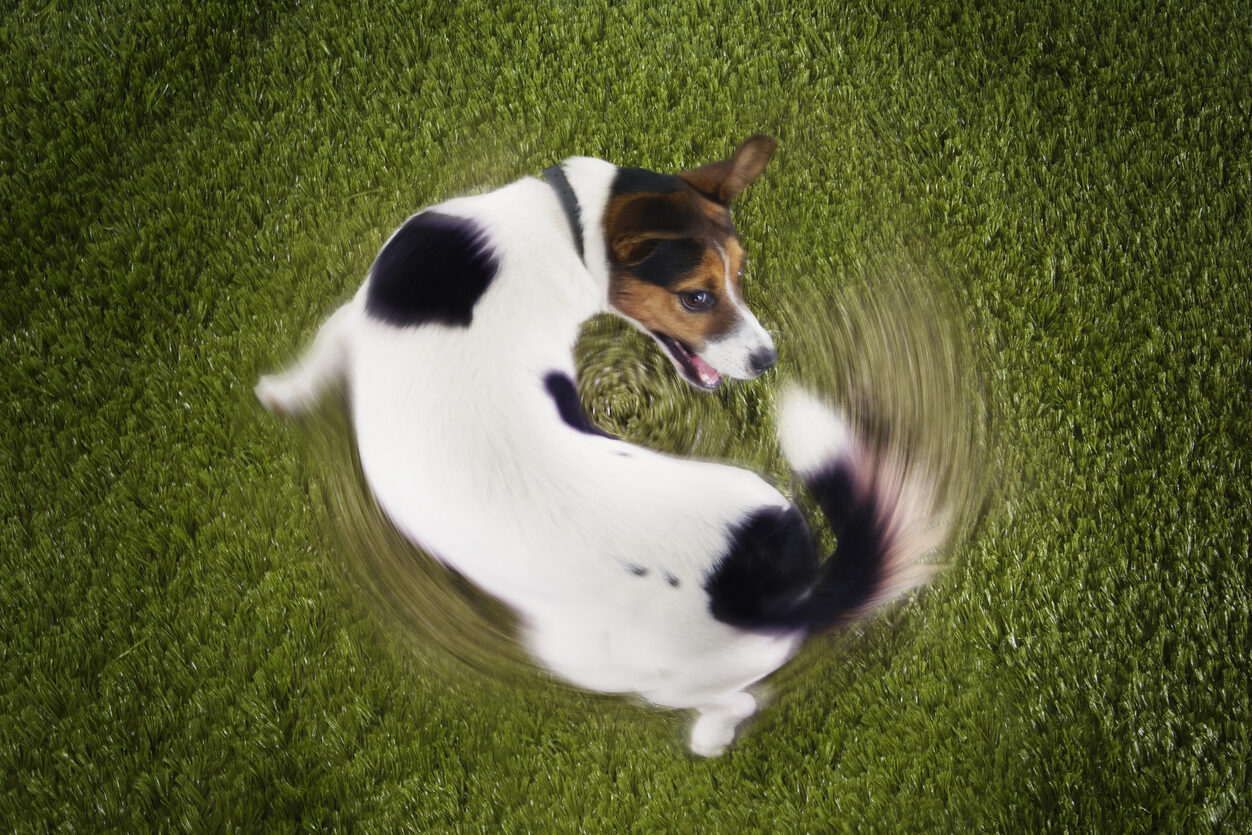
Ever noticed your dog turning in circles before settling down? This quirky behavior might look like they’re choreographing a nap-time dance, but it actually stems from an ancient survival instinct. Wild dogs and wolves used this habit to tamp down grass, snow, or leaves to create a comfortable, safe spot to sleep. It was also a way to check the area for hidden dangers, like snakes or insects, ensuring they wouldn’t get any unpleasant surprises while snoozing. Your dog’s little twirl is their way of saying, “I’m making sure this is my perfect spot.”
Even though your couch or dog bed doesn’t require landscaping, the instinct has stuck around. It’s a fascinating reminder that your pup carries the wisdom of their ancestors, even while living their cozy, modern life. So, the next time your dog spins like a furry tornado before flopping down, give them a little extra appreciation for keeping that primal flair alive.
2. Digging in the Yard (or Couch)
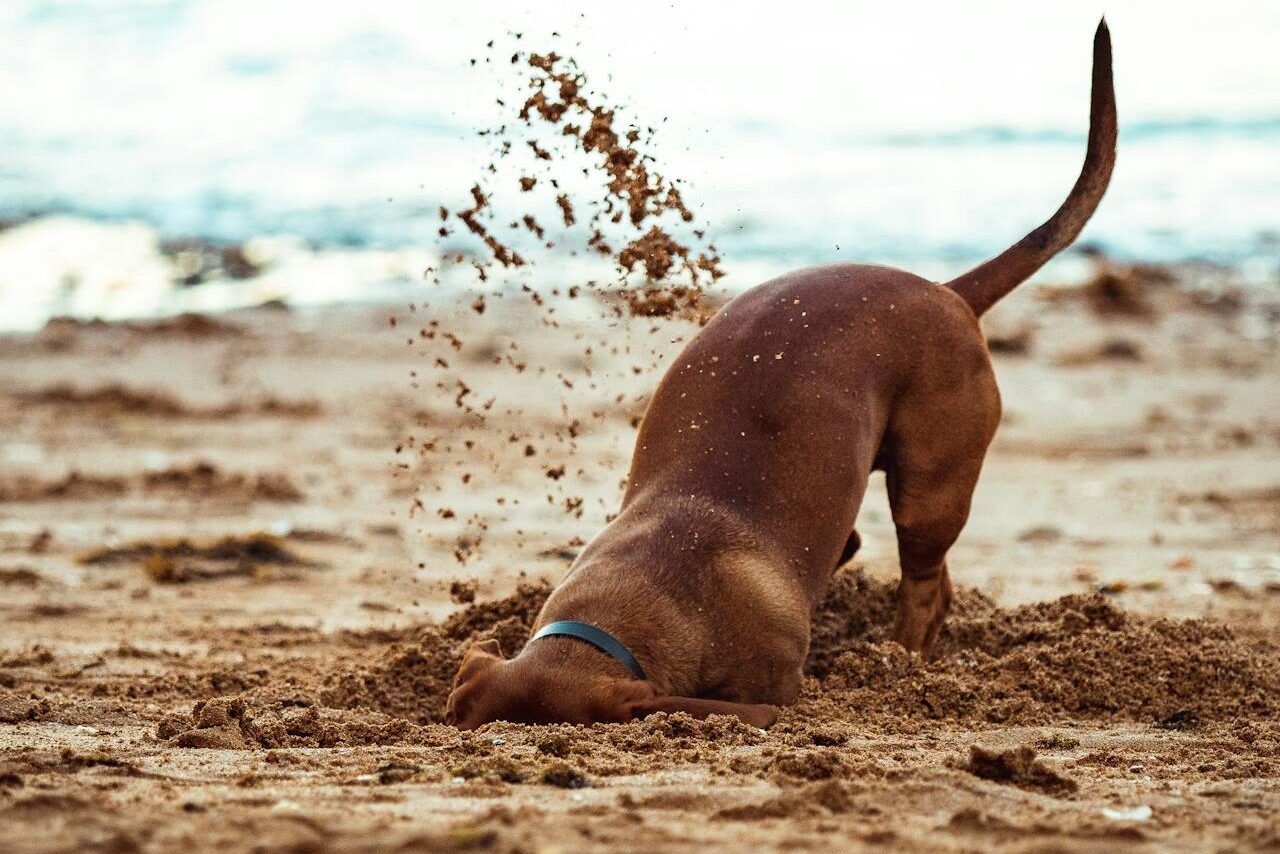
That adorable (or exasperating) habit of digging isn’t just random mischief—it’s deeply ingrained in their DNA. Wild dogs used digging to create dens for shelter or to bury food they wanted to save for later. Even though your pup has no real need to stockpile kibble in your sofa cushions, the instinct is hardwired. To them, the act of digging feels satisfying, like checking an invisible to-do list. It’s also a way for dogs to burn off extra energy, especially if they’re feeling bored or understimulated.
So, while your yard might not need another “renovation,” your dog sees it as the perfect canvas for their instincts. When dogs dig, they might also be trying to cool off or get comfortable, just as their wild counterparts did. Soil or sand can feel cooler than the surface, which is why you might catch them digging on hot days. Indoors, that urge transforms into scratching at blankets or furniture to create a “nest.” It’s their way of replicating a cozy, secure spot, much like their ancestors’ dens. If you want to redirect this behavior, try providing a sandbox or designated digging area. It’s a great compromise that lets your dog embrace their wild side without destroying your garden or home.
3. Sniffing Absolutely Everything
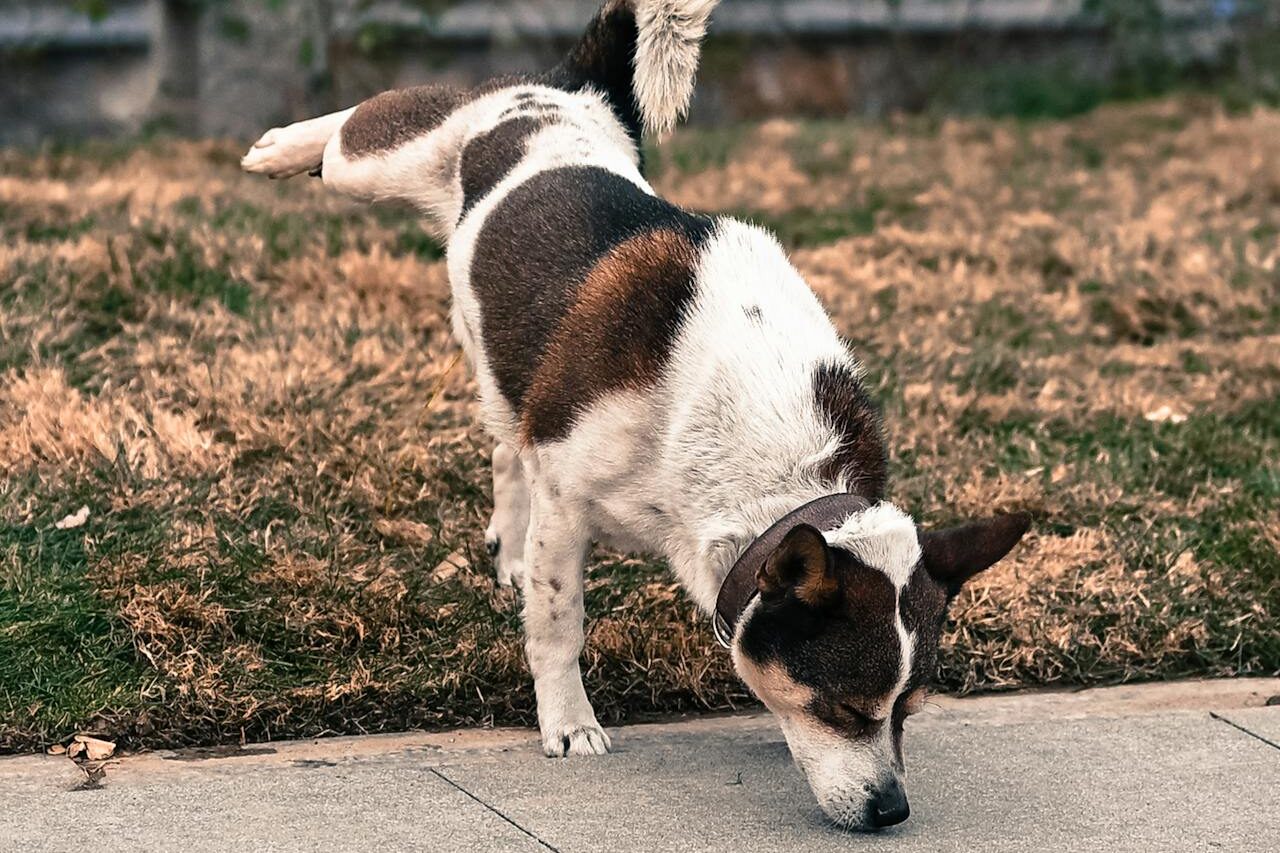
Your dog’s nose is their superpower, and sniffing is more than a hobby—it’s a survival tool inherited from their wild ancestors. Wolves and early dogs relied on their noses to locate prey, track predators, and identify pack members. Today, your pup uses their sniffer for a similar reason: gathering information about the world. A single sniff at a fire hydrant can reveal who was there, their mood, and even what they’ve been eating. It’s like a detective unraveling a mystery, one scent at a time.
This sniff-obsession is why a short walk can take forever. To your dog, it’s like scrolling through an Instagram feed—every scent tells a story! Letting them indulge in this ancient habit isn’t just fun for them; it’s mentally enriching and keeps their wild instincts sharp. Plus, sniffing helps reduce stress, giving dogs a sense of control over their environment. So, the next time they seem glued to a particularly fascinating patch of grass, remember they’re not just sniffing—they’re adventuring.
4. Barking to Alert
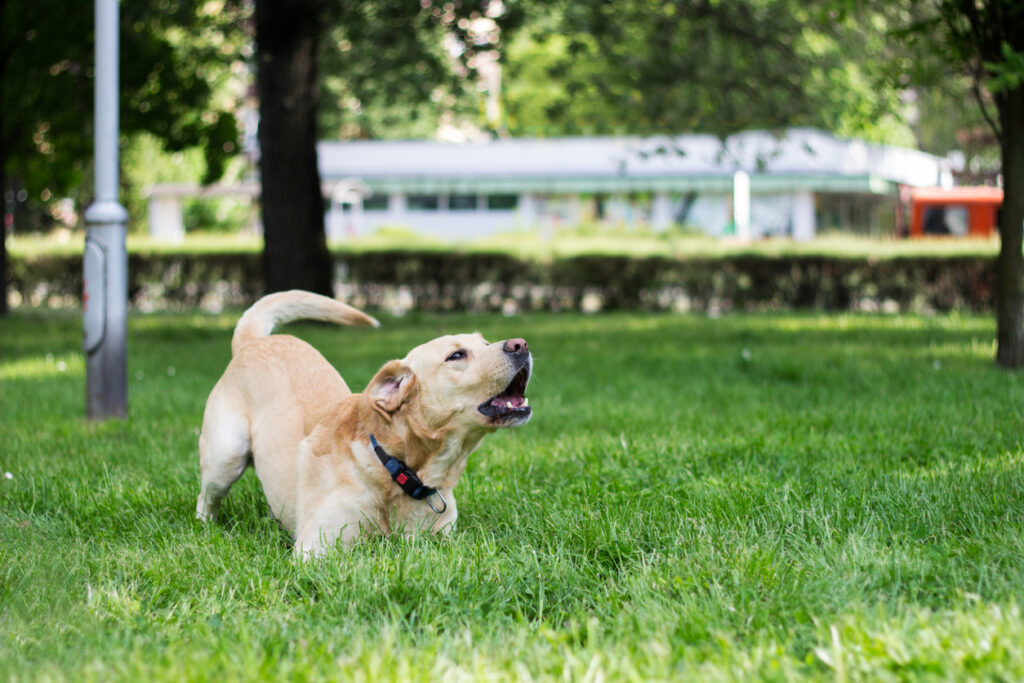
If your dog barks every time the delivery person approaches, they’re not just being noisy—they’re channeling a long-standing duty to protect their territory. Wild dogs and wolves would alert their pack to intruders, predators, or anything unusual by barking or howling. For your pup, this instinctive behavior is their way of saying, “I’m on the lookout!” Barking is their early warning system, even if the only “threat” is a harmless neighbor walking by.
Modern life doesn’t require them to fend off lions or rival packs, but that doesn’t stop them from playing security guard. Some dogs are more vocal than others, depending on their breed and personality. If their barking seems excessive, they might need reassurance or training to understand what constitutes a real threat. While it might disrupt your Netflix binge, your dog sees their vigilance as a vital role. Remember, their bark isn’t just noise—it’s their primal instinct to keep their pack (you) safe and sound.
5. Rolling in Smelly Stuff
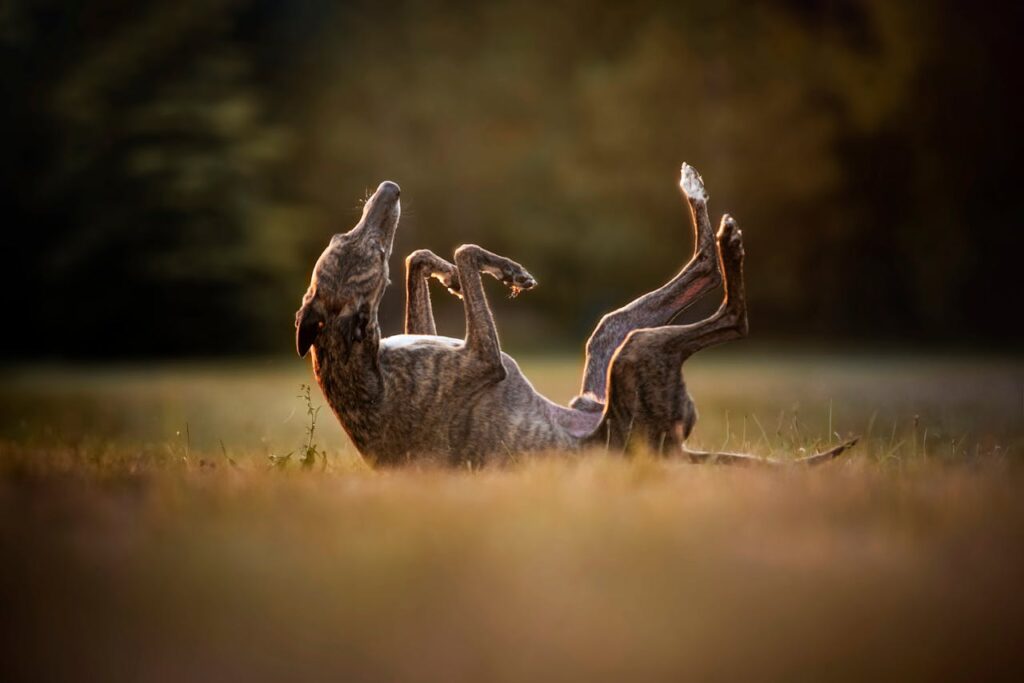
It might gross you out when your dog finds the stinkiest thing to roll in, but this behavior has its roots in ancient survival tactics. In the wild, dogs and wolves would roll in strong scents—like decaying animals or poop—to mask their own odor and sneak up on prey undetected. Essentially, it was nature’s version of camouflage. A predator or prey animal wouldn’t associate the smell with a lurking canine, giving them a tactical advantage.
Your modern-day dog isn’t hunting dinner, but the urge to disguise their scent still lingers. Some experts believe dogs also roll in strong smells as a way of “sharing news” with their pack, saying, “Look what I found!” While it might drive you to give them an emergency bath, it’s their way of connecting with their wild roots. It’s primal, weirdly strategic, and yes, utterly gross—but totally normal. To minimize the chaos, keep an eye out during walks and redirect them before they dive into a smelly treasure.
6. Guarding Their Food

Does your dog hover protectively over their bowl, even when no one is trying to steal their kibble? This behavior traces back to a time when food was scarce and wild dogs had to defend their meals from others, according to the ASPCA. Back then, survival meant eating quickly and keeping competitors away from their stash. Your dog’s ancestors couldn’t afford to be careless about their food source, and that mindset still lingers today.
Even though your dog has a steady food supply, the instinct to guard their meals remains. They might even carry this over to treats or favorite toys. If your pup growls or looks wary while eating, they’re not trying to be mean—they’re just channeling their ancestors’ survival mode. To help, give them space and create a quiet, stress-free mealtime environment. By respecting their instincts, you can help them feel more secure.
7. Chasing Moving Objects
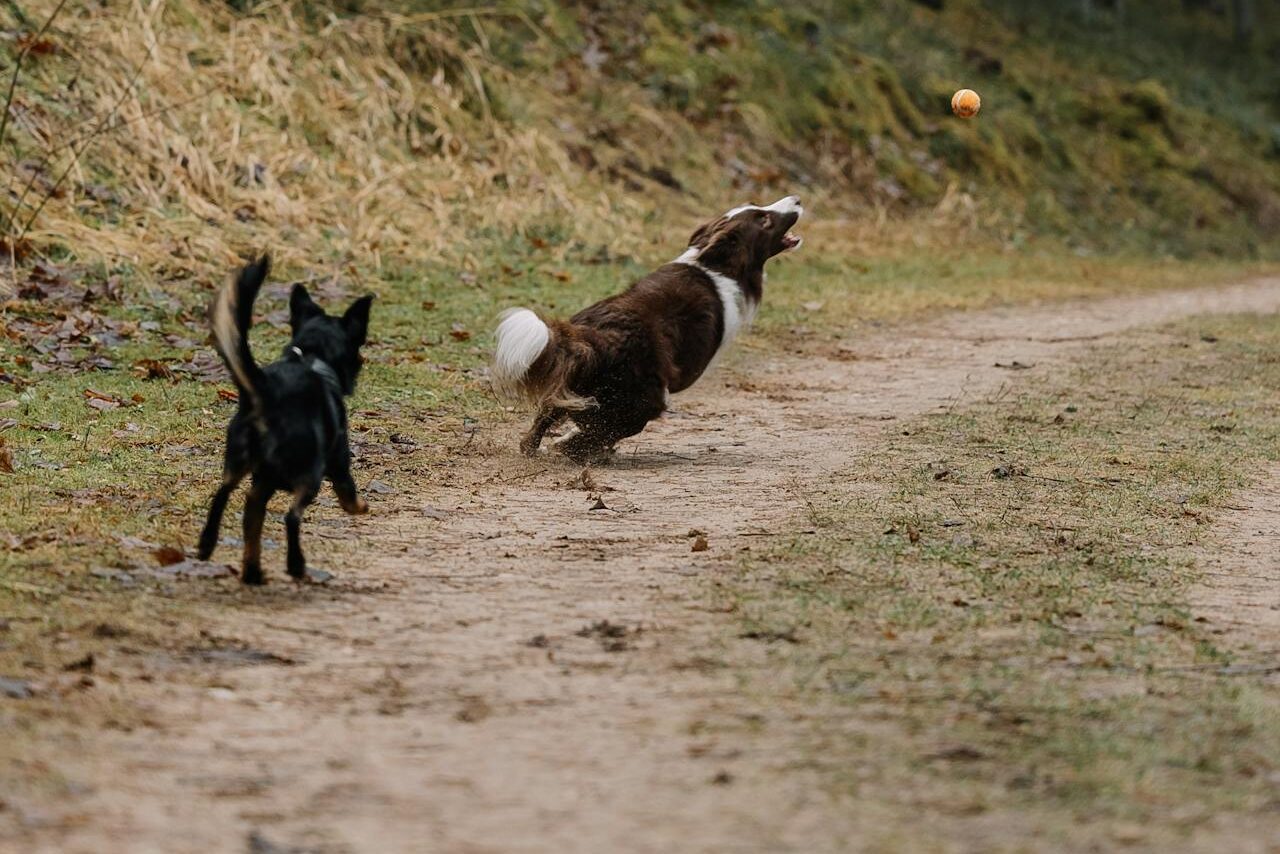
A squirrel darts by, and suddenly your dog is off like a furry rocket. That chase instinct comes straight from their days as hunters. Wolves and wild dogs needed sharp reflexes to pursue prey, and this drive remains deeply ingrained in your pup’s DNA. Even though they’re not hunting for dinner anymore, the thrill of the chase is irresistible. It’s an energy outlet that taps into their primal nature.
This instinct explains why so many dogs love fetch. A bouncing ball mimics the movement of prey, triggering that ancient desire to pursue. It also provides them with mental stimulation and a physical workout, making it a win-win for both of you. However, be cautious around roads or other dangers when your dog’s chase mode kicks in. Their ancient reflexes might not account for modern hazards!
8. Sleeping in a Curled-Up Ball
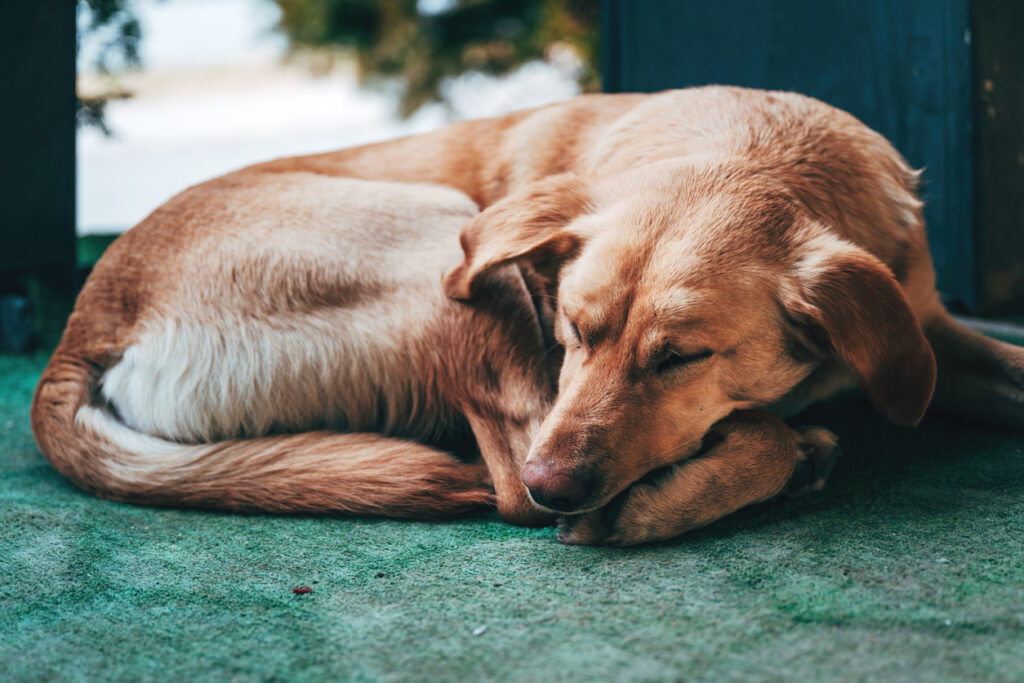
When your dog curls up into a tight ball to sleep, they’re mimicking the way their ancestors conserved body heat and stayed protected in the wild. Curling up kept them warm during cold nights and shielded their vital organs from potential predators. This cozy position is like a security blanket for dogs, offering comfort and safety.
Even in a climate-controlled home, your pup might instinctively curl up, especially in cooler weather. It’s a comforting and primal way to feel safe and snug. If you notice them curling up more often, it could also indicate they’re feeling a bit chilly, so a warm blanket might be in order. Ultimately, this position is a perfect blend of ancient wisdom and modern comfort.
9. Staring at You While Pooping
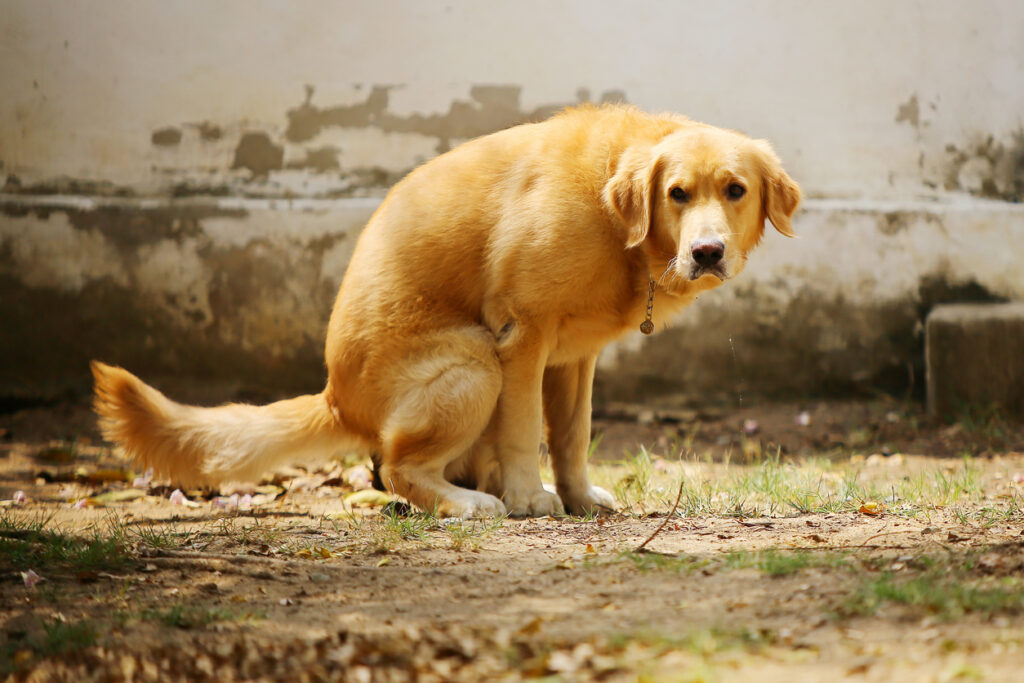
Ever felt awkward locking eyes with your dog while they do their business? That intense gaze isn’t random—it’s a throwback to pack behavior. In the wild, dogs relied on their pack to watch their backs during vulnerable moments, like relieving themselves. Your dog stares at you because they trust you to play lookout. It’s a way of saying, “I feel safe because you’ve got my back.”
This habit also strengthens their bond with you, even if it feels a little weird. Dogs are naturally vulnerable while doing their business, so this trust is a big deal in their world. If you’re uncomfortable, try shifting your focus, but know that to your dog, this shared moment is important.
10. Howling at Sounds
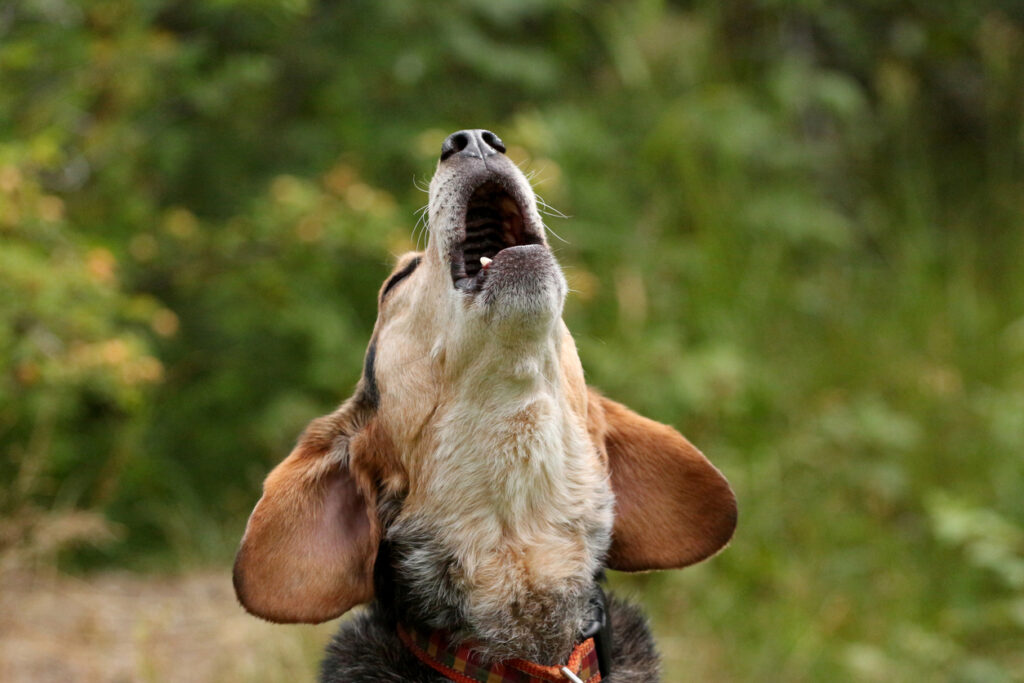
Whether it’s a siren or your off-key singing, your dog’s howling is a nod to their wolf ancestors. Howling was a way for wild dogs to communicate across long distances, whether to call their pack or warn others to stay away. Modern dogs don’t need to send those messages, but the instinct remains.
For your pup, howling at a noise might be their way of joining in or expressing excitement. It can also be a way of bonding with you, mimicking the group howls of their ancestors. If your dog howls often, they might be reacting to certain frequencies or feeling particularly emotional. While it might not always be music to your ears, their howling is their heartfelt connection to an ancient past.


